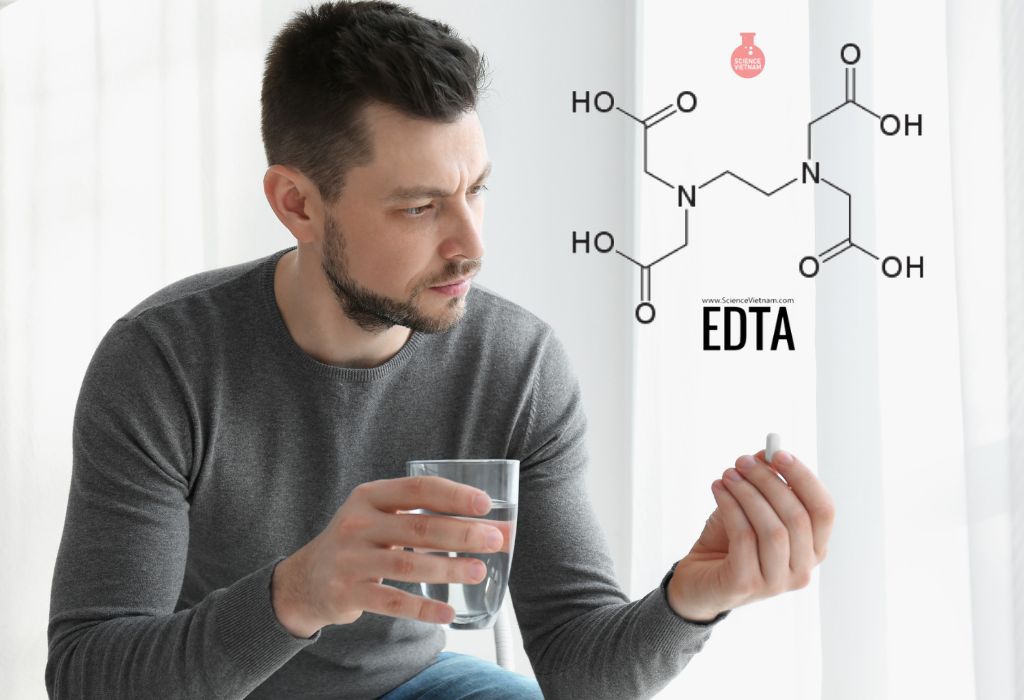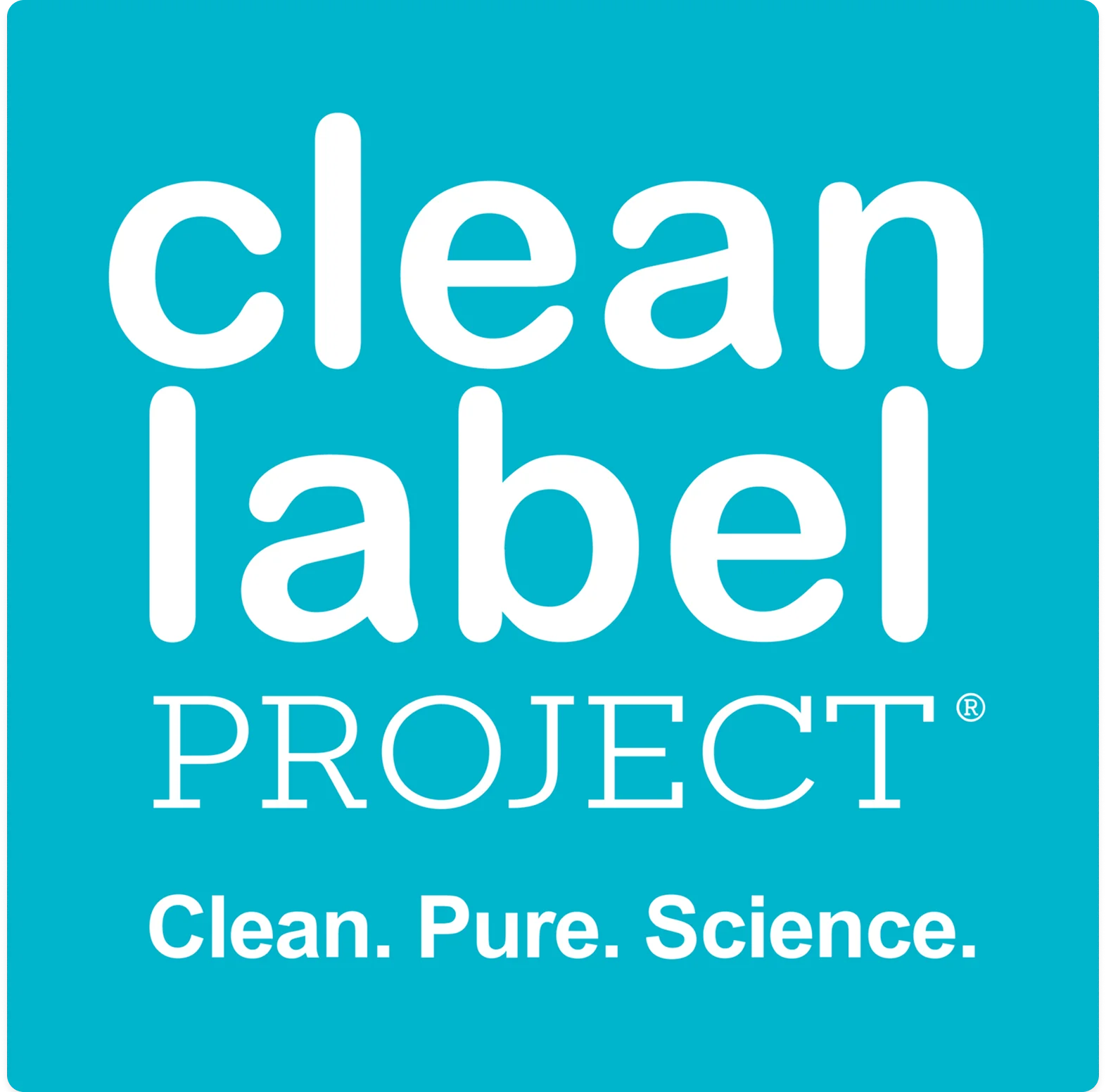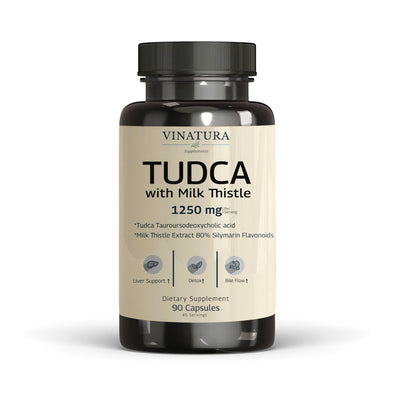
How to Take EDTA Supplements? Common Mistakes
EDTA is a well-known supplement in modern medicine, but do you fully understand its uses and how to use it effectively?
This article aims to guide you on how to use EDTA to achieve the best results and address common misunderstandings associated with this supplement.
Before exploring further, please read the disclaimer located at the end of this webpage.
Key Takeaways
- Select EDTA products from reputable brands with quality inspections and clear origins. Avoid products of unknown origin to ensure safety and effectiveness.
- Store EDTA in a cool, dry place away from sunlight and high temperatures. Keep the product sealed after opening to maintain its effectiveness.
- EDTA is not suitable for everyone, including individuals with hypercalcemia, pregnant or breastfeeding women, and patients with kidney disease or hepatitis.
- For optimal absorption, take EDTA on an empty stomach or 1.5-2 hours after meals. Avoid taking it with food to prevent premature binding with dietary minerals.
- Avoid increasing the EDTA dosage arbitrarily, misunderstanding its function, using it without medical supervision, and choosing products of unknown origin.
Things You Need to Know Before You Start Taking EDTA

Choosing a Qualified EDTA Supplement
Before using any supplements, it is crucial to prioritize choosing EDTA products from reputable brands with clear origins and quality inspections by health authorities. Avoid products of unknown origin.
Ensure the products have a certificate of safe ingredients and are manufactured in factories that comply with strict medical procedures.
This guarantees the high quality and effectiveness of dietary supplements while maintaining safety and health benefits.
You may also like: Calcium Disodium Edta - Benefits, Side Effects & Dosage
How to Store EDTA Supplements
Like other dietary supplements, EDTA must be stored in a cool, dry place, away from direct sunlight and high temperatures.
Once unpackaged, keep the product sealed, as EDTA can dissolve well in water when in salt form, especially EDTA disodium salt. Moisture from the air can reduce the effectiveness of EDTA products.
Pay particular attention to the expiration date on the product packaging. Using EDTA beyond its expiration date may affect its effectiveness and safety.
Additionally, avoid storing EDTA with other medications or foods, as it will bind to the first mineral it encounters, potentially reducing the effectiveness of both EDTA and the other substances.
Who Shouldn't Take EDTA Supplements
EDTA is indicated for heavy metal poisoning and certain heart diseases, but it is not suitable for everyone.
- For example, individuals suffering from hypercalcemia: Between 20% and 40% of cancer patients experience hypercalcemia at some point during their illness. Because hypercalcemia is associated with malignancies, CaEDTA is not recommended for cancer patients.
- Pregnant or breastfeeding women: There is insufficient research on the safety of EDTA for pregnant or breastfeeding women, so it is best to avoid it.
- Patients with kidney disease or anuria should avoid EDTA, as the kidneys eliminate the drug. This can lead to excessive accumulation of EDTA, resulting in nephrotoxic effects. Additionally, EDTA should be avoided in patients with hepatitis.
How to Take EDTA Supplements Safely

Dosage & Forms
EDTA is available in various forms, including tablets, capsules, and intramuscular or intravenous infusions. The amount of EDTA supplementation depends on each person's condition and age. Based on research, the recommended dosages are as follows:
- For heavy metal detoxification in adults, the recommended dose is 50 mg/kg body weight per day intravenously, or 1.5 grams four times per day orally.
- For children, the dosage is based on body surface area, ranging from 500 mg/m² to 750 mg/m² per intravenous injection, up to a maximum of 3 grams per day.
It is essential to comply with the prescribed dosage to avoid unwanted side effects.
When to Take EDTA: Empty Stomach or With Food?
To maximize absorption, take EDTA on an empty stomach. If taken with food, EDTA will bind with the minerals and metals it first encounters, negating its detoxifying effects.
It is best to take EDTA without food to prevent premature binding with dietary minerals.
Alternatively, you can take EDTA about 1.5 to 2 hours after meals when the food has been partially digested.
Considering Taking Vitamins & Minerals Alongside EDTA
Taking vitamins and minerals with EDTA may be beneficial because EDTA can deplete important nutrients. Furthermore, vitamins and minerals contribute to detoxifying the body.
According to one study, subjects who were supplemented with EDTA and certain vitamins and minerals, such as magnesium chloride, vitamin C, B6, B5, and B-complex vitamins, showed better detoxification effects than those who did not supplement.
However, these should not be taken simultaneously with EDTA, as EDTA may leach them out.
Common Mistakes When Taking EDTA Supplements
Below are common mistakes made when starting to use EDTA supplements:
- Arbitrarily increasing the EDTA dosage: Increasing the dosage too much can cause dangerous side effects such as low blood pressure, nausea, and diarrhea. Always follow the dosage instructions provided by your doctor or nutritionist.
- Misunderstanding EDTA's function: EDTA cannot break down heavy metals; it only binds to them for removal from the body. It is effective in removing heavy metals that have accumulated in the body but does not prevent the absorption of heavy metals from the environment.
- Using EDTA for too long without monitoring: Long-term use of EDTA without medical supervision can lead to potential health risks.
- Using EDTA of unknown origin: Choose EDTA products from reputable brands with clear origins and quality inspections by health authorities. Avoid products of unknown origin.
Additional Tips to Maximize the Effects of EDTA

Optimal Diet
A diet rich in fruits, vegetables, whole grains, and fish not only supports overall health but also enhances the effectiveness of EDTA. Limiting processed foods is important as they often contain high levels of salt, sugar, and saturated fat, which can negatively impact EDTA's effectiveness.
Hydration
Water is one of the body's essential detoxifiers. Drinking about 2 liters of water daily helps support the excretion of heavy metals and enhances the effectiveness of EDTA. Additionally, limit alcohol and sugar intake, as they can harm the liver and kidneys and affect the detoxification process of EDTA.
Regular Exercise
A healthy body requires regular exercise. Exercise increases blood circulation, supports the body's detoxification process, and enhances the effectiveness of EDTA.
Side Effects to Be Aware Of
Possible side effects of EDTA include fever, nausea, vomiting, chills, fatigue, arthralgia, hypotension, arrhythmia, acute tubular necrosis, proteinuria, tremor, headache, bone marrow failure, anemia, and hypercalcemia.
EDTA has a strong affinity for zinc, which can lead to zinc deficiency, especially in younger children. All EDTA formulations should be used with care.
EDTA can be toxic to the kidneys and liver, so individuals with liver or kidney problems should consult a specialist before using it. Always consult your doctor before using EDTA if you are pregnant, nursing, or have any underlying medical conditions.
Duration of EDTA Use
EDTA begins working almost immediately after absorption into the body. Its time to achieve maximum effectiveness depends on factors such as dosage form, dosage, and the user's health status.
Generally, EDTA can be active in the body for 6 to 8 hours after use. Detoxification with EDTA can last from 2 to 8 weeks, depending on the study.
Serving Size of EDTA
EDTA primarily works in the digestive system, binding to heavy metal ions and removing them from the body through excretion.
Some EDTA can be absorbed into the bloodstream and circulate throughout the body, helping to remove heavy metals from tissues and organs. However, its effectiveness in removing heavy metals from the brain and central nervous system is still limited.
Enhancing Your EDTA Experience with Other Supplements

EDTA is often taken with other supplements to enhance its detoxifying effects.
Fulvic Acid Minerals
Fulvic acid is known for its ability to bind to minerals and facilitate their absorption into the body, benefiting those with mineral deficiencies or impaired gut health.
Combining EDTA and fulvic acid may promote health by supporting detoxification and nutrient absorption, though research is limited.
Zeolites
Zeolite, a natural mineral, can absorb and remove heavy metals and other toxic substances from the body. It can help purify the body, improve digestive health, and fight infections.
EDTA has been used in the synthesis of zeolite to reduce calcium interference, creating zeolite products with high ion exchange capacity. Zeolite's ability to selectively bind certain metals can minimize potential side effects associated with EDTA alone.
Conclusion
EDTA supplementation is not a "master key" to health but can play an important role in helping the body eliminate toxins and strengthen the immune system.
When considering the use of EDTA, pay attention to the side effects and those who should avoid it. EDTA can be combined with other supplements, such as zeolites and fulvic acid minerals, to increase its effectiveness. By understanding and addressing common misunderstandings, you can use this detox supplement effectively.
References
- [1] Jannetto, Paul J, and Clayton T Cowl. "Elementary Overview of Heavy Metals." Clinical Chemistry, 22 Mar. 2023, https://doi.org/10.1093/clinchem/hvad022.
- [2] Blaurock Busch, Eleonore Kaethe. "EDTA: Ethylene Diamine Tetra Acetic Acid – a Review." Occupational Medicine & Health Affairs, vol. 04, no. 05, 2016, https://doi.org/10.4172/2329-6879.1000245. Accessed 23 Aug. 2020.
- [3] ---. "Europe PMC." Europepmc.org, 12 Autumn 2020, europepmc.org/article/nbk/nbk565883. Accessed 3 May 2024.
- [4] Born, Tammy, et al. "EDTA Chelation Reappraisal Following New Clinical Trials and Regular Use in Millions of Patients: Review of Preliminary Findings and Risk/Benefit Assessment." Toxicology Mechanisms and Methods, vol. 23, no. 1, 19 Oct. 2012, pp. 11–17, https://doi.org/10.3109/15376516.2012.730562.
- [5] Wajima, Takaaki. "Synthesis of Zeolitic Material with High Cation Exchange Capacity from Paper Sludge Ash Using EDTA." Applied Sciences, vol. 11, no. 23, 26 Nov. 2021, p. 11231, https://doi.org/10.3390/app112311231. Accessed 11 Sept. 2022.
- [6] Servatan, Morteza, et al. "Zeolites in Drug Delivery: Progress, Challenges and Opportunities." Drug Discovery Today, vol. 25, no. 4, Apr. 2020, pp. 642–656, https://doi.org/10.1016/j.drudis.2020.02.005.
- [7] Ravindar, Arun. "Effect of 5% Carbohydrate Derived-Fulvic Acid on Smear Layer Removal and Root Dentin Microhardness – an in Vitro Study." European Endodontic Journal, 2022, https://doi.org/10.14744/eej.2022.97759. Accessed 19 Apr. 2022.
Author

Product Disclaimer
Including an ingredient or study does not evaluate, endorse, or recommend any Vinatura product or any third-party product. Some ingredients discussed may not be used in any Vinatura product.
The content of the articles has not been evaluated by the Food and Drug Administration (FDA) and is not intended to promote or endorse any specific product. Any products sold on this website are not intended to diagnose, treat, cure, or prevent any disease.
Opinions and Endorsements
Any claims, statements, or opinions expressed in the articles are those of the author(s) and do not necessarily reflect the views or opinions of the manufacturers of the dietary supplement products. The products sold on this website are separate from the content of the articles and are not directly endorsed or associated with the information presented here.
Liability Disclaimer
The author(s) of the articles, website, and manufacturers of the dietary supplement products do not assume any liability for any potential consequences arising from the use of the information provided in the articles. Ingredient effects, dosages, and safety vary by individual, formulation, and context; some ingredients interact with medications or may be unsuitable during pregnancy or lactation. It is recommended that individuals consult with a qualified healthcare professional before making any dietary or lifestyle changes, including the use of dietary supplements.
Product Usage
Please refer to the product labels and packaging for specific usage instructions and guidelines for the dietary supplement products sold on this website.
Customer Support
For any concerns or questions regarding the dietary supplement products, please contact our customer support team, who will be more than happy to assist you.






Leave a Comment
Be the first to comment.
What do you think?